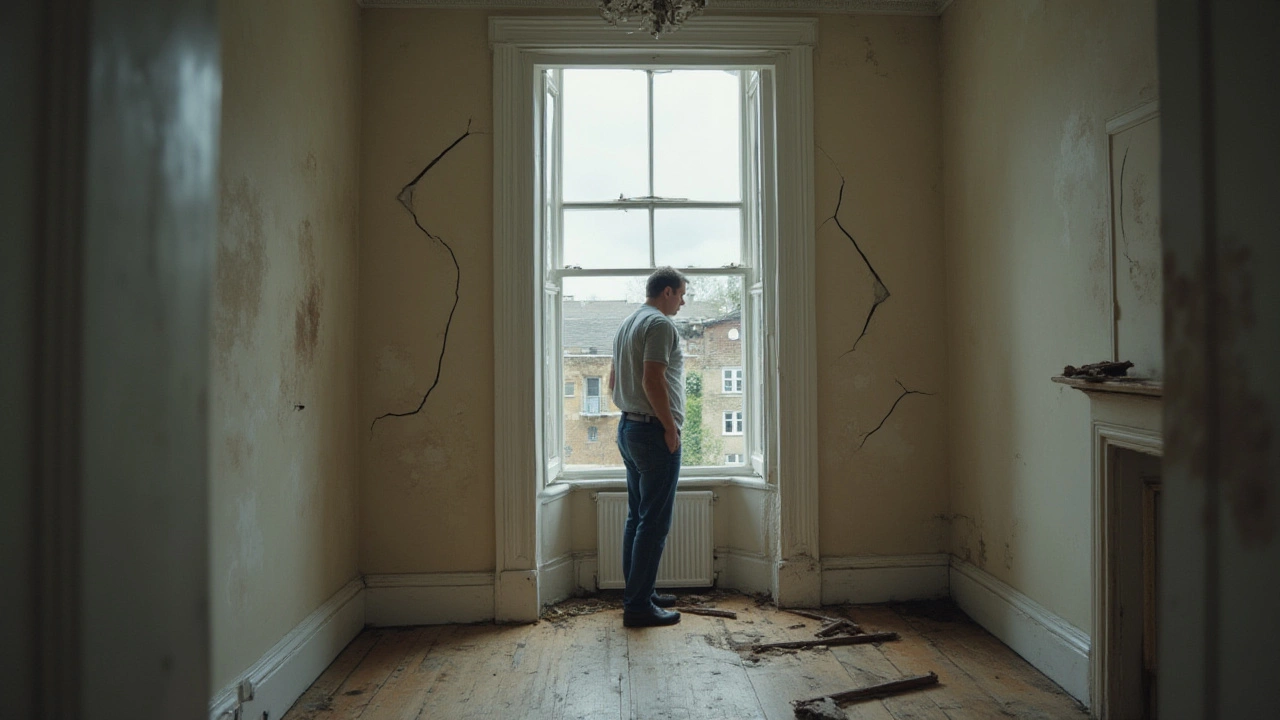Home Foundation Basics: What Every Homeowner Should Know
When the ground beneath your house starts to shift, you feel it right away – cracks in walls, doors that stick, or uneven floors. Those signs are the first clues that your home foundation needs attention. Ignoring them can lead to bigger, costlier repairs, so it’s worth learning the simple steps to check and protect your foundation.
Spotting Common Foundation Problems
Most foundation issues show up in three obvious ways. First, look for cracks wider than a hairline in your basement walls or on exterior brick. Second, test doors and windows; if they won’t close smoothly, the frame might be moving. Third, check for sloping floors – a simple level or a marble bottle test will tell you if the floor is level or not.
Another red flag is water pooling around the foundation after rain. Excess moisture can weaken soil and cause the concrete to shift. If you notice mildew, damp patches, or a musty smell in the basement, there could be moisture seeping in, which often leads to mold and further damage.
DIY Checks and Simple Fixes
Before calling a contractor, you can do a few low‑cost checks. Clear the soil within three feet of the foundation and make sure it slopes away at about a 5% grade. This helps water drain away instead of sitting against the wall.
If you find small hairline cracks, seal them with a concrete patch or epoxy. For larger gaps, a professional might need to inject epoxy or apply a carbon‑fiber strap, but sealing small cracks yourself can stop water from getting in.
Another easy step is to install or repair gutters and downspouts. Direct roof water at least six feet away from the house. Adding a simple splash block can make a big difference in keeping the foundation dry.
When you’ve done these basics and the problem persists, it’s time to call a specialist. Issues like serious settling, large cracks, or bowing walls require expert assessment. Professionals can offer solutions such as underpinning, piering, or slab jacking, which reinforce the foundation and restore levelness.
Costs vary widely. Simple sealing may cost a few hundred pounds, while underpinning can run into several thousand. Knowing the likely price range helps you budget and avoid surprise bills.
Regular maintenance keeps costs down. Schedule an annual walk‑around to check grading, clean gutters, and look for fresh cracks. A quick visual check after heavy rain can catch early signs before they turn into major repairs.
In short, a solid foundation starts with simple observation and proper drainage. By catching issues early, using basic DIY fixes, and knowing when to call a pro, you protect your home’s stability and save money. Keep an eye on those cracks, water, and doors – they’re the foundation’s way of talking to you.
Major Foundation Issues: Recognizing Structural Damage Signs and Solutions
- Gavin Whitaker
- |
- |
- 0
Cracks in your walls or doors that won't shut? Learn what really counts as a major foundation issue and what repairs could look like for your home or business.
View more